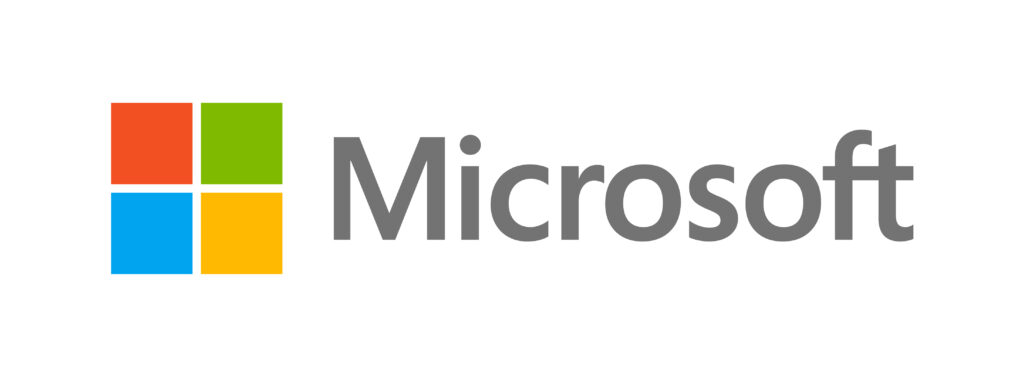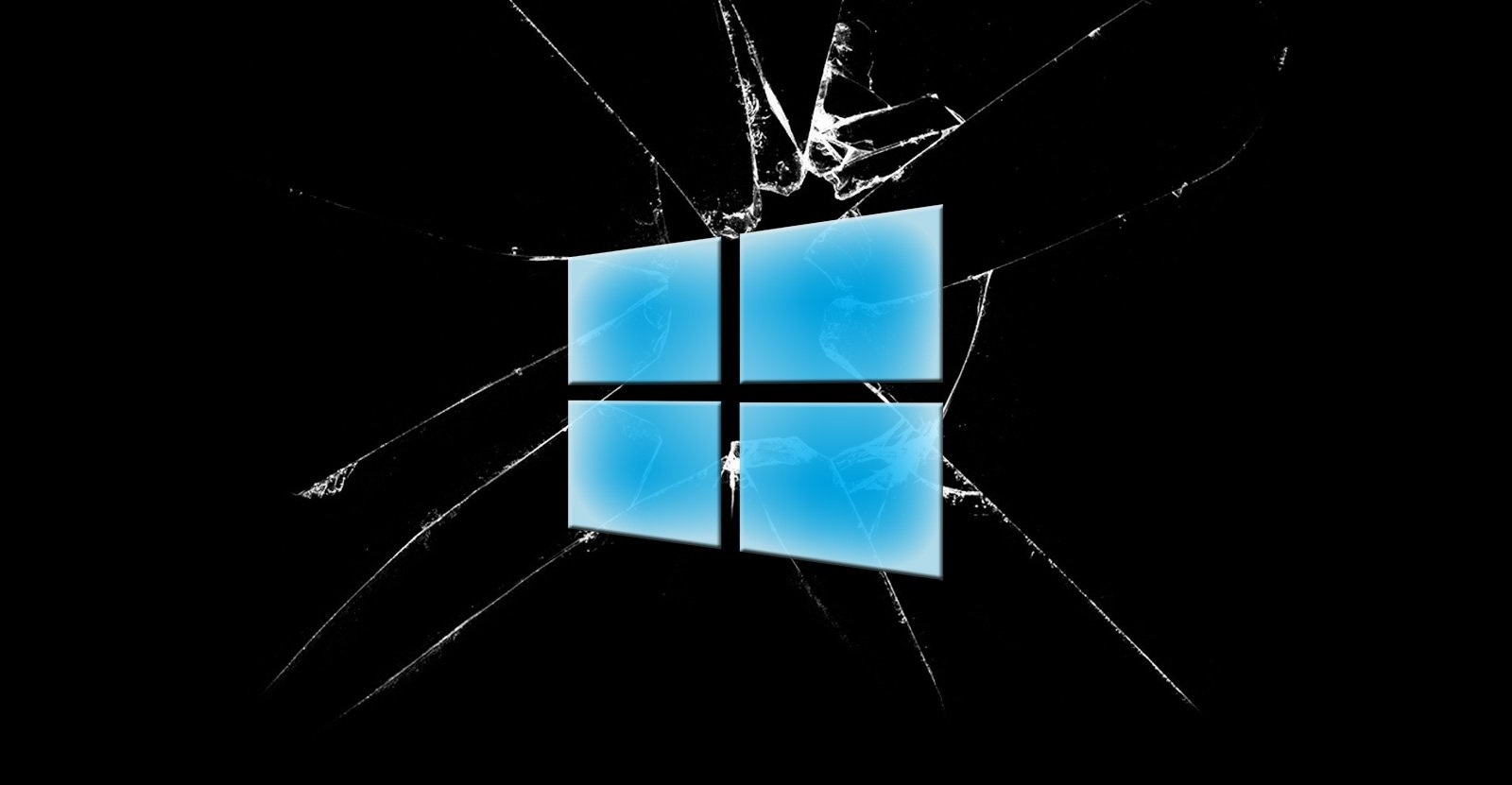Windows Privilege Escalation Flaw Exploited in Ransomware Attacks, here is what we know. A quick look
The U.S. Cybersecurity and Infrastructure Security Agency (CISA) has issued a warning regarding a critical Windows vulnerability that has been actively exploited by ransomware attackers. This flaw, tracked as CVE-2024-26169, is related to an improper privilege management issue within the Windows Error Reporting service. In this article, we delve into the details of this security concern, its impact, and mitigation strategies.

The Vulnerability
The vulnerability arises from an oversight in privilege management, allowing attackers to escalate their privileges within the Windows operating system. Specifically, the flaw affects the Windows Error Reporting Service, which is responsible for collecting and sending error reports to Microsoft. When exploited, it enables local attackers to gain SYSTEM permissions, granting them significant control over the compromised system.
Exploitation in the Wild
Researchers at Symantec recently tied this vulnerability to attacks carried out by the Black Basta ransomware gang. The flaw was disclosed and subsequently fixed by Microsoft in mid-March. However, evidence suggests that at least one group had already exploited it as a zero-day vulnerability before the patch was released. The attackers’ tactics, techniques, and procedures (TTPs) closely resembled those described in a recent Microsoft report detailing Black Basta activity.
Impact and Risk
Successful exploitation of this vulnerability can have severe consequences. Ransomware attackers could use it to gain unauthorized access to critical systems, compromise sensitive data, and disrupt essential services. Organizations that fail to address this issue promptly are at risk of falling victim to ransomware attacks, leading to potential financial losses and reputational damage.
Mitigation Strategies
To safeguard against this threat, organizations should take the following steps:
- Patch Promptly: Ensure that all Windows systems are up to date with the latest security patches. Microsoft has already released a fix for this vulnerability, and applying it promptly is crucial.
- Monitor for Suspicious Activity: Implement robust monitoring and detection mechanisms to identify any signs of exploitation. Unusual privilege escalation attempts or suspicious behavior should trigger alerts for immediate investigation.
- User Awareness and Training: Educate users about the risks associated with phishing emails and malicious attachments. Attackers often exploit human error to gain initial access to systems.
- Least Privilege Principle: Limit user privileges to the minimum necessary for their roles. This reduces the impact of privilege escalation vulnerabilities.
Conclusion
The Windows privilege escalation flaw (CVE-2024-26169) underscores the importance of proactive security measures. Organizations must remain vigilant, promptly apply patches, and adopt best practices to mitigate the risk of ransomware attacks. By doing so, they can protect their systems, data, and overall business continuity.
You think you have a story worth everyone’s time? SUBMIT A STORY and we will publish it.
Share this content:




Post Comment